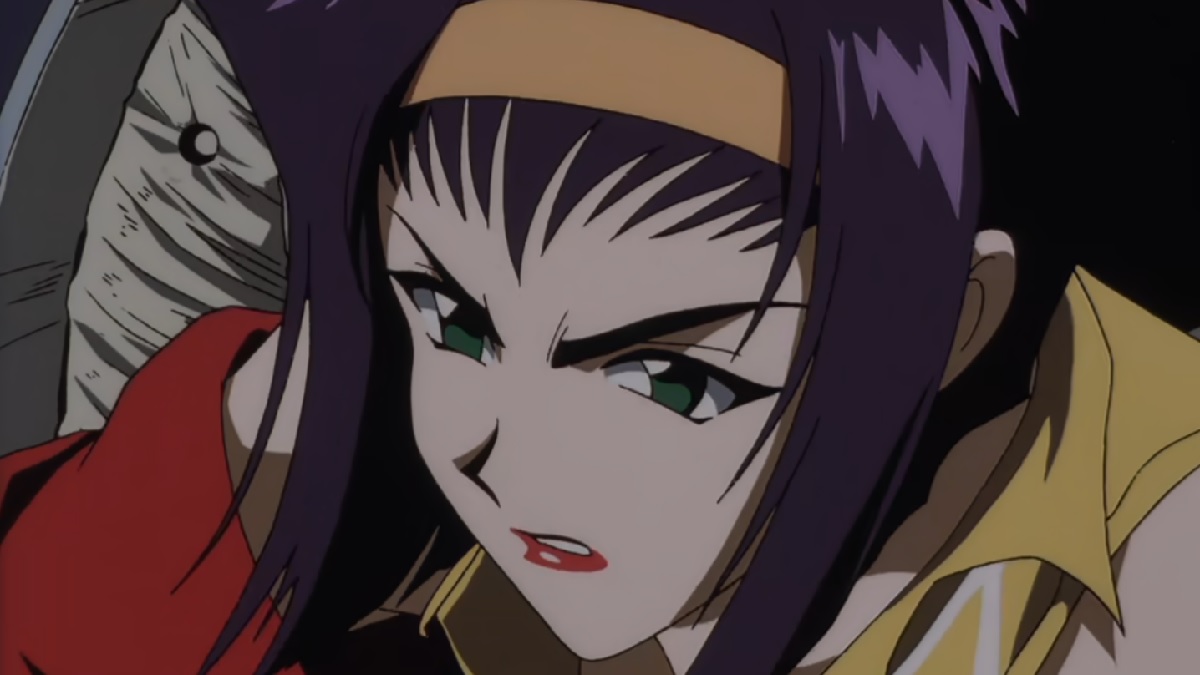When you start diving into the world of anime—Japanese or otherwise—you’ll inevitably run into a myriad of terms, especially if you also peruse the communities. For example, “otaku” or “senpai” or “manga.” If you’re particularly invested in Japanese anime, you’ll likely hear “sakuga” get thrown around as well. But what does sakuga mean in anime?
Sakuga Meaning in Anime, Explained
The explanation is quite simple: sakuga in anime are a handful of frames that are of notably higher quality. When fans think of “anime” they usually imagine a particular style of animation, many of which have their own distinct look but all fall under the umbrella of “anime.” For example, The Boondocks is as much an anime as Cowboy Bebop.
Regardless of what you personally imagine, artists worked their fingers to the bone to create such works of art like Akira. Those artists are smart, though; anime is full of tricks that save time and money on animation. Do two characters talking to one another need to move their bodies at all? Probably not. Does every frame need to be animated? Nope, which is why anime often has a “choppy” framerate to it. That’s the opposite of sakuga.
That’s why sakuga can be so special, not just in terms of quality, but also as a storytelling technique. Artists will add in additional movement, fluidity, and expression when the scene calls for it. If you want great examples of sakuga, watch films from Studio Ghibli.
And that’s what sakuga means in anime. Once you’ve witnessed a few scenes of sakuga, you’ll have a much easier time picking it. Need more anime in your life? Try out the best anime series like One Piece. Or maybe something more lighthearted like My Life as Inukai-san’s Dog.
Featured Image Source: Sunrise
